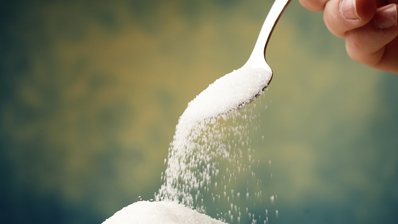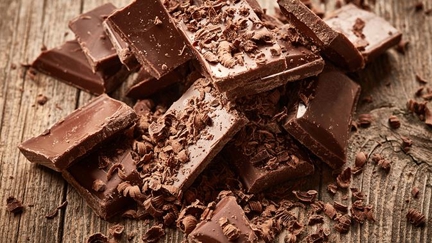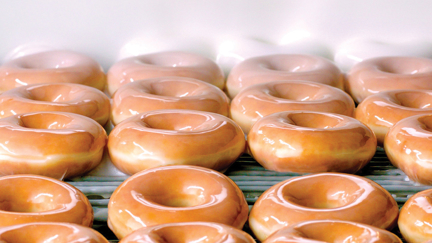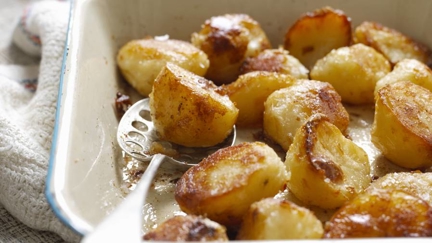Bizarre ingredients found in your food are almost too weird to believe
- Publish date
- Wednesday, 18 Jan 2017, 2:21PM

When was the last time you read the label, and how closely?
The ingredients list may reveal unexpected, and often unwanted, extra ingredients lurking in your favourite supermarket foods, according to the Daily Mail.
From pork fat in roast chicken bites to sugar containing traces of bones, these are the most alarming examples of when innocuous-soundings products contain very surprising additions.
BEEF OR PORK IN YOGHURT
Many yoghurts, especially low-fat yoghurts such as Muller Light, contain gelatine.
Gelatine is of course made from skin, tendons, ligaments and bones of pigs and cows which are boiled in water, according to PETA.
It is rich in collagen and commonly used as a gelling agent in desserts, dips, yoghurts, sweets and marshmallows.
If you're vegetarian, you may want to read the label much more closely next time you go to pick up a yoghurt.
BONES IN SUGAR
As sugar isn't naturally white, some manufacturers use bone char to make it that colour - often referred to as "natural carbon". It is quite literally the charred bones of an animal.
According to PETA, supermarket brands obtain their sugar from several different refineries, making it impossible to know whether it has been filtered with bone char.
SEAFOOD IN BANANAS
Non-organic bananas are sprayed with a pesticide which may contain animal parts.
According to Science Daily, the pesticide Chitosan, which fights bacteria and prevents bananas from over-ripening, is made from shrimp and crab shells.
BEETLES IN RED SWEETS
Red sweets or any other foods which are coloured with a natural red dye will more often than not contain animal products.
Carmine, which is made from dead crushed up beetles, comes about when the insects are boiled with sodium carbonate or ammonia, which then produces the attractive, bright red dye.
BEAVER IN ICE CREAM
Some ice creams contain the ingredient "castoreum" - which comes from a beaver's anal glands.
It's most often found in natural vanilla ice creams and the ingredient is allowed to be called a "natural flavouring".
It's enough to put you off your raspberry ripple.
HUMAN HAIR IN BREAD
Some breads and pastries contain L-cysteine, an amino acid used in the baking industry as a dough conditioner and it's used to prolong the shelf life of many bread-based products.
L-cysteine can be derived from human hair because it is the cheapest source of the acid.
WASPS IN FIGS
There's a good chance that when you buy a fig, the fruit contains a dead wasp.
This happens when a wasp pollinates a fig and gets stuck inside the fruit and dies there.
However, when you do bite into the fig, you won't be able to see the dead wasp contained within as an enzyme in the fruit converts the wasp into protein.
Take your Radio, Podcasts and Music with you




